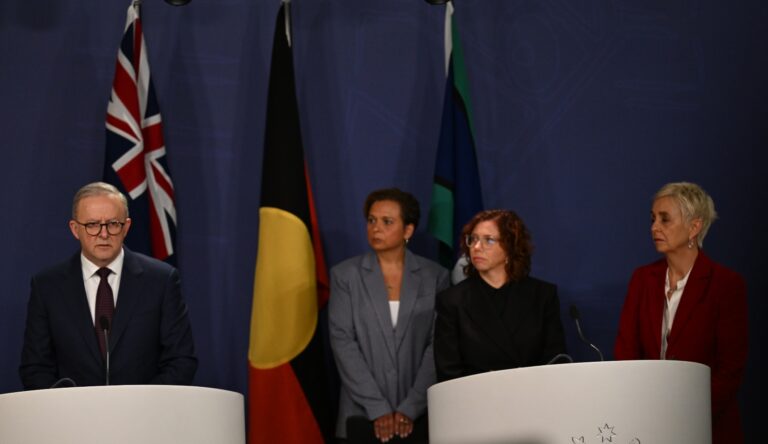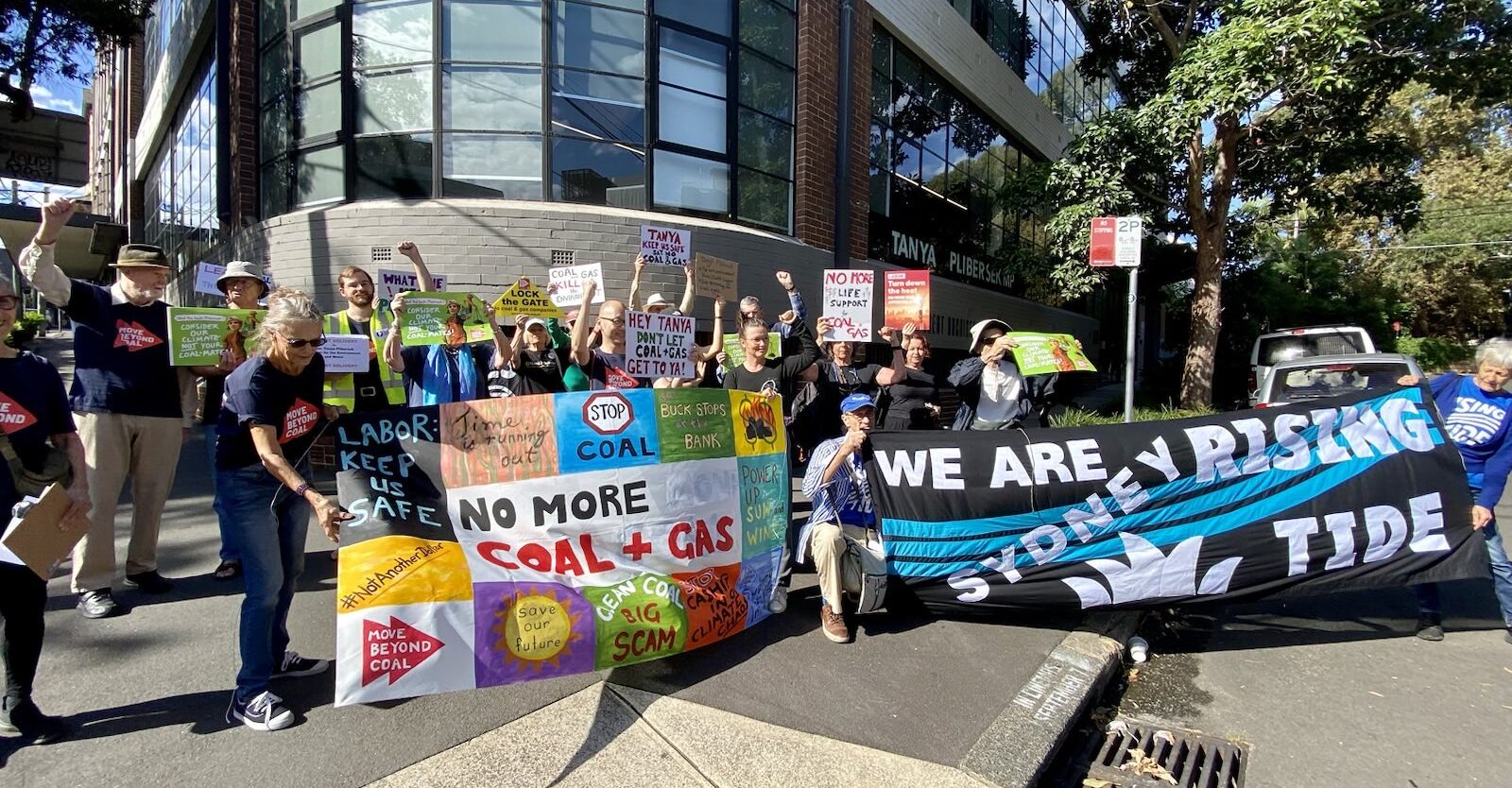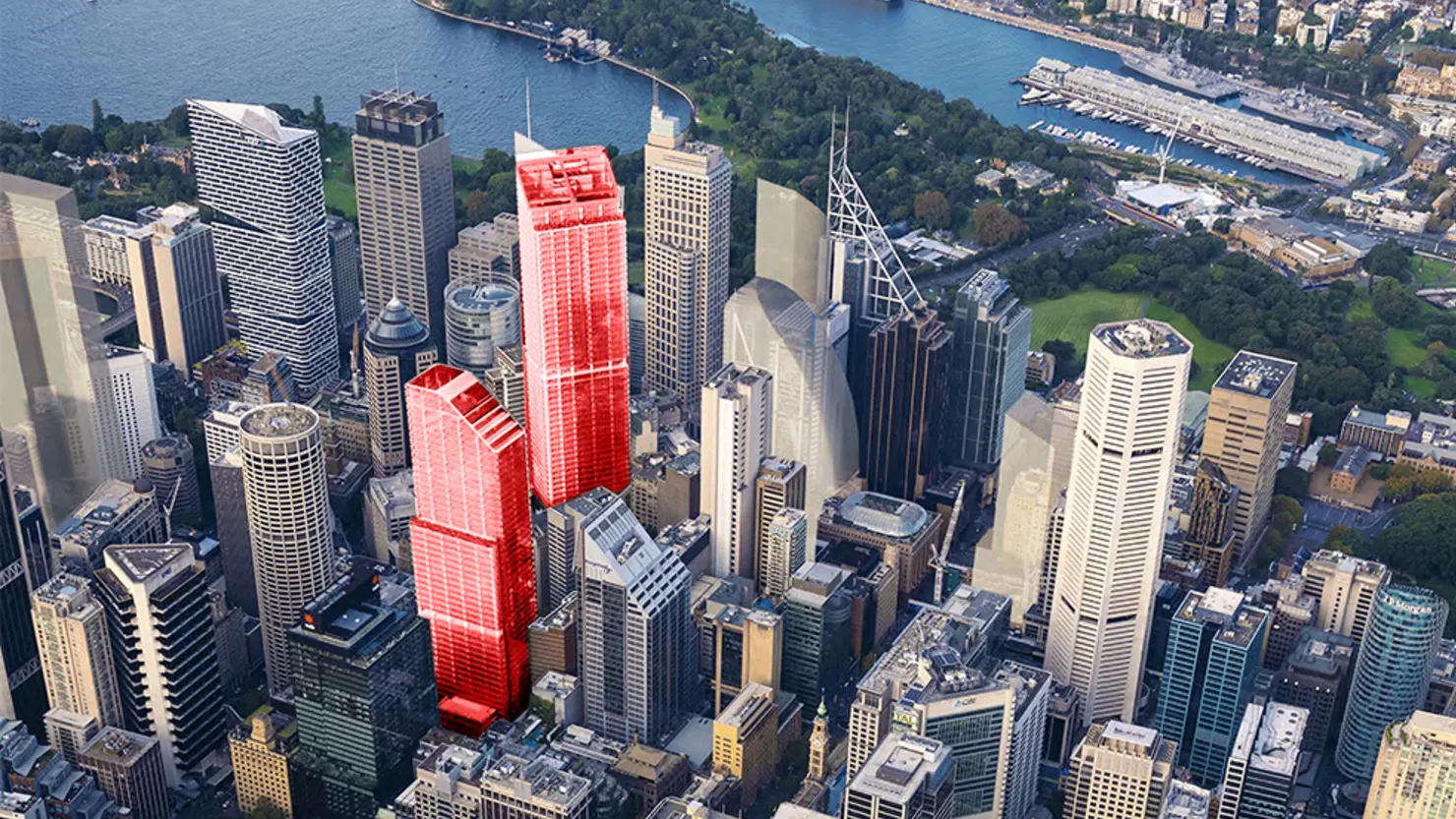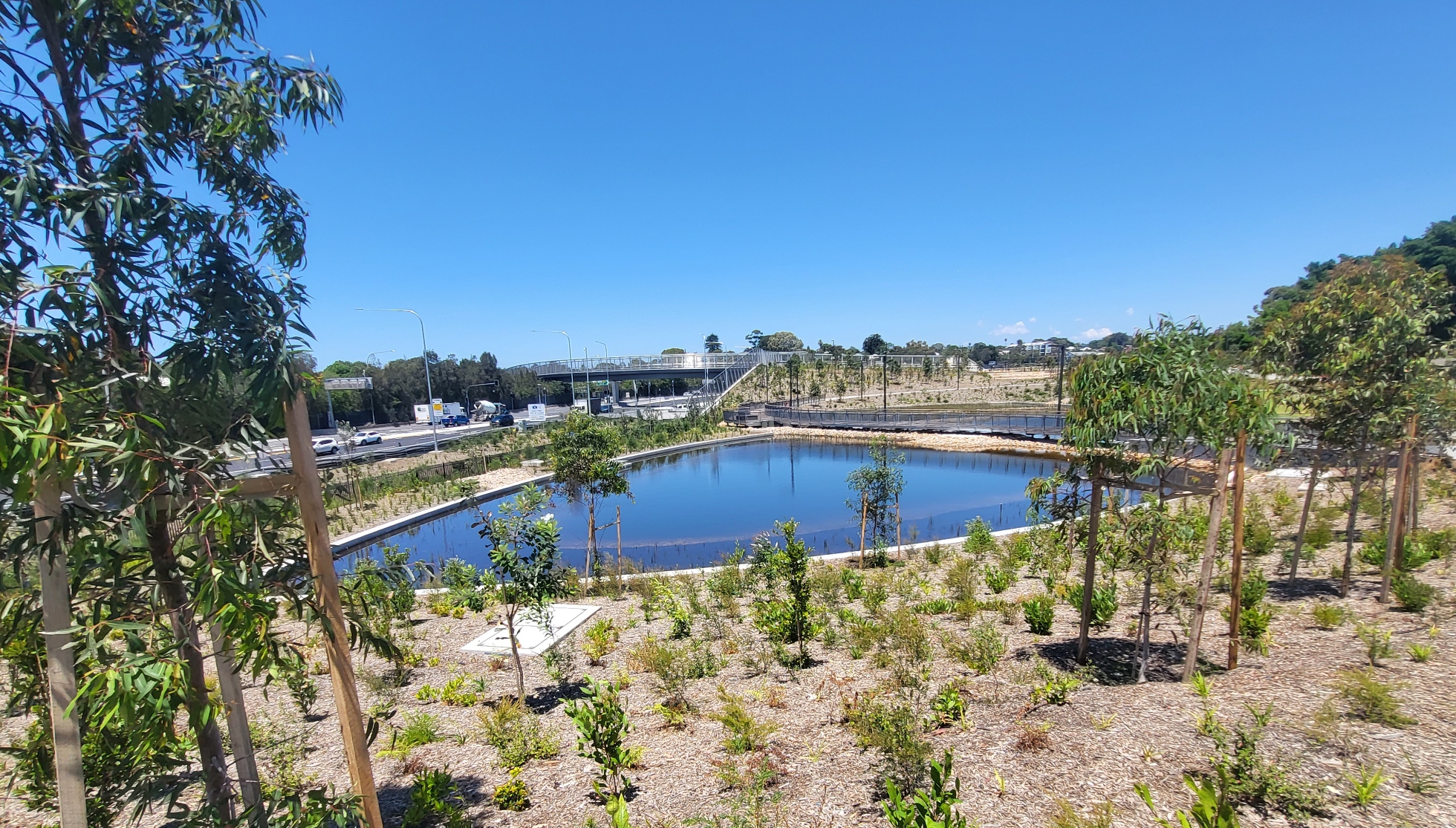
Airborne carcinogens increase around kids

BY WENDY BACON
Thousands of homes, community centres, worksites and open spaces will be exposed to increased health risks if NSW Planning approves WestConnex’s M4/M5 tunnels between St Peters and Haberfield and Rozelle.
These risks would arise from elevated concentrations of the fine particle carcinogen PM 2.5 exposing several child care centres and schools, including: Active Kids Childcare, Mascot; St Peters Public School and Preschool; the Inner West tutoring service in Haberfield; Sydney Park Childcare (inside the large Sydney Apartment complex); the Infants Home in Haberfield; the Little Learning School in Alexandria; and Sydney Secondary College in Leichhardt.
In some cases the risks are predicted to improve between 2023 and 2033 but in other cases such as St Peters Public School, the Leichhardt Montessori Academy and St Basil’s Sister Dorathea Academy in Johnson St, Annandale, the situation will deteriorate between 2023 and 2033.
The M4/M5 link would also result in increased health risks in and around the Jimmy Little Community Centre in Rozelle, which hosts a regular program of community exercise and healing activities. The threat of increased air pollution levels is a huge concern in this community, where hundreds lined Victoria Road to protest in a ‘Kids call to action’ in December.
PM 2.5 is particulate matter that has a diameter less that one thirtieth of a human hair. It is produced through the combustion of fossil fuels from vehicle exhausts. For decades PM 2.5 has been known to enter the bloodstream and lungs and cause health problems including heart disease, lung cancer and asthma.
Research published this week has also linked PM 2.5 to early births, which are linked to neonatal deaths and can have life long health impacts.
Young children are particularly vulnerable to the impacts of fine particle pollution.
There is also a growing body of research linking air pollution to dementia, especially in older women. Overall the Environmental Impact Statement (EIS) acknowledges that the WestConnex project and other planned toll ways, including the Western Harbour Tunnel and F6, will increase the load of PM 2.5 and the long-term costs of the project.
The Sydney Motorway Corporation, and engineering firm AECOM that it commissioned to prepare the EIS, did not include details of these increased health risks in their EIS executive summary. While this summary noted that some areas would have worse air quality as a result of the project, the public was reassured that this deterioration is assessed as ‘acceptable’.
No mention is made that in at least one area the EIS assessed the risks as ‘unacceptable’. Instead the emphasis is on predicted improved air quality for some communities and other alleged benefits of the project.
To find the information, you must burrow down through thousands of pages to the technical appendices of the Health Risk Assessment in which tables are provided. But even these tables only show which sites will be better and worse, not the absolute levels. It is known that parts of Sydney are already close to or above acceptable levels of PM 2.5.
“We’re outraged that the NSW government including the Planning Department, NSW Environmental Protection Authority and NSW Health would even consider approving a project which involves deliberately worsening the environment of communities including their schools and childcare centres,” said WestConnex Action Group spokesperson Janet Dandy-Ward, who has been campaigning against WestConnex for more than three years.
“Premier Gladys Berejiklian wouldn’t put up with this for a minute in Willoughby! It’s even more serious when it’s left to the community to dig out details from hundreds of pages of obscure tables. Surely in the 21st Century we need environmental policies that’ll improve air pollution levels for all of Sydney, not ones that deliberately set out to target some communities.”
While more muted than the Environment Protection Authority (EPA) report on the Sydney Motorway Corporation’s EIS (see Inner West Independent 13 December, 2017), the NSW Health EIS submission notes concerns about the EIS, including unacceptable health risks due to pollution that would be created around Sydney Airport and the massive St Peters Interchange, or to users of potential multi-storey buildings above 10 metres near unfiltered ventilation stacks. ‘Unacceptable’ health risks are ones that are more than 1 in 10,000.
The Sydney Motorway Corporation EIS Health Risk assessment downplays the risk in the area around Sydney Airport on the grounds that the area is mostly occupied by worksites.
But NSW Health correctly points out that “the amount of time an individual could spend at a workplace or industrial site may not be as modelled.” The impacts could get even worse for some if the Sydney Gateway between St Peters Interchange and the Airport is built. This was quietly removed from Westconnex in 2015 and there are no current construction plans, although the NSW Gladys Berejiklian LNP government still insists that it will be built at some stage.
The AECOM EIS also noted that it was unlikely that the area of concern near the interchange would be zoned for residential use but the Health Department correctly points out that there is already a large number of residential apartment blocks near Sydney Airport. It also considers that the amount of traffic in this area and therefore the air pollution could be more than the EIS predicts.
NSW Health is also critical of the AECOM EIS for not including sensitivity tests on its air quality modelling for Stage 3. These can assist the accuracy of modelling especially when the results may be affected by specific characteristics of locations. It recommends that instead of relying on tests done for Stages 1 and 2, sensitivity tests be done for Stage 3, which would mean further research before approval.
NSW Health’s concerns about the height of buildings near ventilation stacks will heighten concerns about the impact of ventilation stacks in Homebush and Arncilffe where there are already numerous apartments higher than 10 metres within 500 metres of Westconnex unfiltered stacks that have been approved but not yet constructed as part of Stages 1 and 2.
There are already hundreds of premature deaths from air pollution each year in Australia and research has shown that the numbers are increasing. While the EIS discusses negligible, tolerable and unacceptable risks, this approach is highly questionable.
As NSW Health notes in its submission, ‘there is little evidence of any threshold below which exposure to components of traffic related air pollution are not associated with adverse health effects. For these reasons, it is important that all reasonable measures are taken to minimise exposure to traffic related air pollution where feasible.”
NSW Health is critical of the EIS for failing to describe mitigation proposals for either construction or eventual operation of Stage 3. It recommends that these plans be done and it be further consulted.
But this does not satisfy Westconnex Action Group spokesperson Janet Dandy-Ward. “We now have experience of what Westconnex calls mitigation plans, “ she said, continuing, “construction impacts for WestConex Stages one and two were far worse than predicted and meant exhausting battles that left residents feeling excluded, sick and dispirited. NSW Planning knows all about this. In fact there is no way to mitigate increased loads of PM 2.5. Rather than approve WestConnex there should be an inquiry into how private unaccountable interests have been allowed to cynically play with public health.”
Wendy Bacon was previously the Professor of Journalism at UTS and has campaigned against Westconnex.









